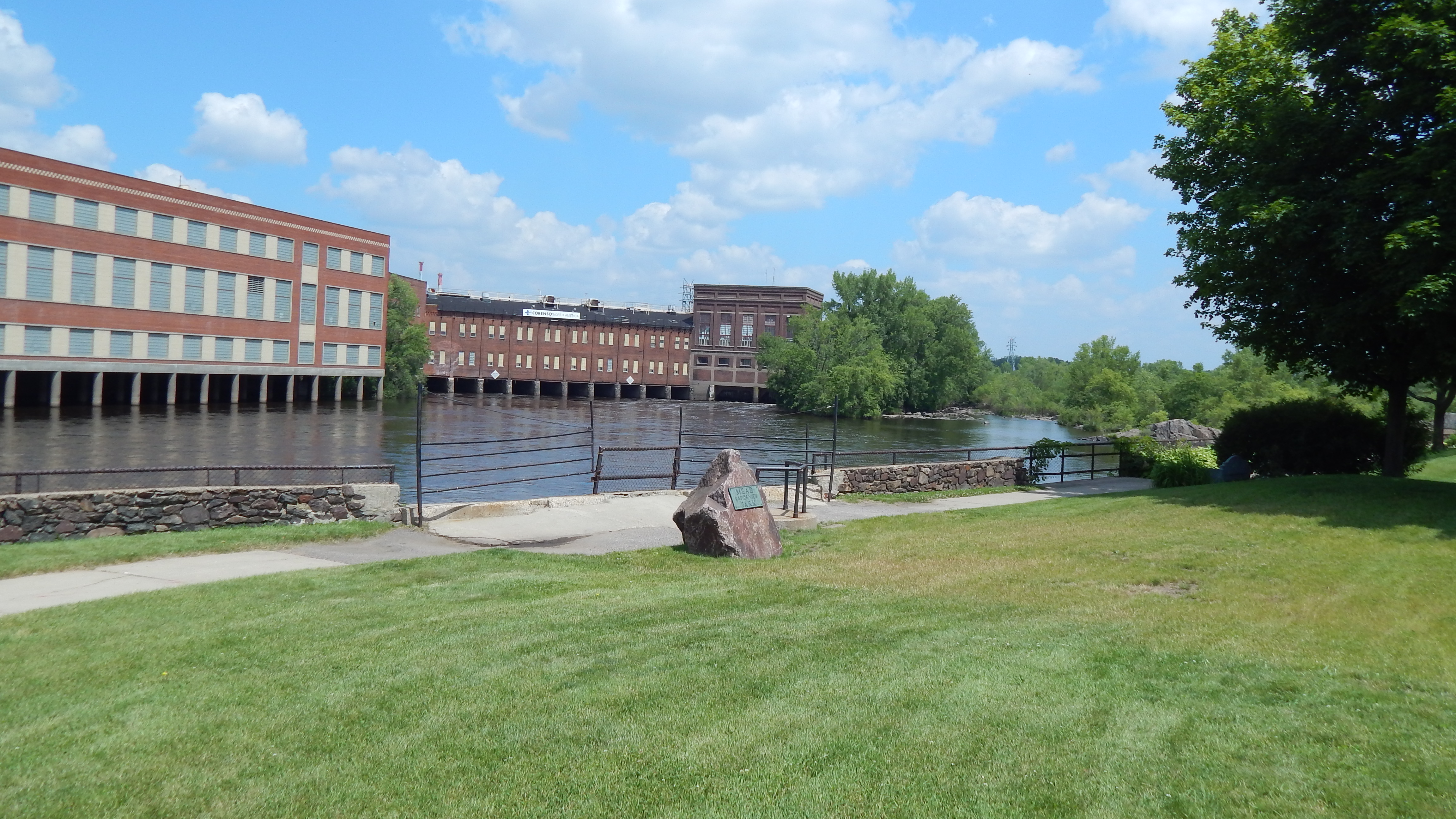Lassa: A Great Hunt in a Safe Hunt

by State Senator Julie Lassa
Hunters will head out to the woods again as the regular gun deer season begins on November 19th. Our deer hunting culture is a treasured part of our Wisconsin heritage, and a big contributor to the economy in many parts of rural Wisconsin. It’s a great outdoor activity to share with family and friends – as long as we remember to put safety first.
First on the safe hunting checklist is firearms safety. 2015 was the deadliest hunting season in five years, with a total of 3 deer hunting fatalities. All of these tragedies occurred when hunters failed to observe some basic safety precautions. Always treat every gun as if it is loaded, and keep the muzzle pointed in a safe direction. Keep your safety on until you’re preparing your shot, and keep your finger out of the trigger guard until you’re ready to shoot.
Be absolutely certain that you’re aiming at a deer you’re entitled to harvest before you fire. You should also know that you have a safe backstop behind your target, in case you miss or the round passes through the animal. Most hunting firearms incidents are the result of not clearly identifying the target or not knowing what’s behind it, so if you’re not sure, don’t fire. It’s better to miss a shot than to cause a tragedy.
The leading cause of injuries during hunting season, however, isn’t firearms. It’s the unsafe use of tree stands. This is another injury that is easy to prevent: eight out of ten hunters who are injured in falls from tree stands aren’t wearing a full-body harness. Just having a harness isn’t enough, however – you also have to wear it. A DNR survey showed that although two-thirds of hunters who hunted from stands owned a body harness, only a third actually wore them.
Make sure the tree you select is sturdy enough to support your weight. Read the manufacturer’s instructions on your tree stand, and don’t make modifications to the equipment. When you’re climbing, keep three points of contact between you and the tree at all times (either two hands and a foot or a hand and two feet). Never climb with a weapon – use a haul line to bring your unloaded gun up to the stand. It’s also a good idea to let others know where you’ll be hunting, and keep your charged cell phone with you so you can call for help if you are injured.
It’s also important to keep safety in mind when you process your deer. To keep the meat in good condition, process your deer as soon as possible after you register it. Since this Senate district has seen a case of Chronic Wasting Disease discovered in Adams County last year, it’s wise to treat any deer you field dress or butcher as a potential source of CWD prions. Fortunately, the muscles that we eat as venison don’t contain the prions that cause CWD. Deer taken from CWD surveillance areas can be tested for the disease by bringing the head to a DNR cooperator site.
To prevent potentially contaminating the meat, avoid cutting into the brain or spinal cord except to remove the head, and use a special knife for that purpose. You could also choose to have your deer commercially processed; some processors can also have the deer tested for CWD. A list of DNR cooperators and information about CWD testing can be found at dnr.wi.gov/topic/wildlifehabitat/registersample.html.





